The Lily of the Valley, with its delicate bell-shaped flowers and enchanting fragrance, carries significant cultural weight in various countries. Among them, Finland and the former Yugoslavia stand out for their unique reverence for this humble yet profound bloom.
Finland’s National Flower: A Reflection of Nature and National Identity
In Finland, the Lily of the Valley (Convallaria majalis), locally known as Kielo, was officially designated as the national flower in 1967. Its selection was not by chance; this flower represents the pristine beauty of Finland’s woodlands and the close relationship the Finnish people have with their natural environment. Flourishing in shaded forest floors, it mirrors Finland’s vast, unspoiled landscapes, where nature remains largely untouched by urbanization.
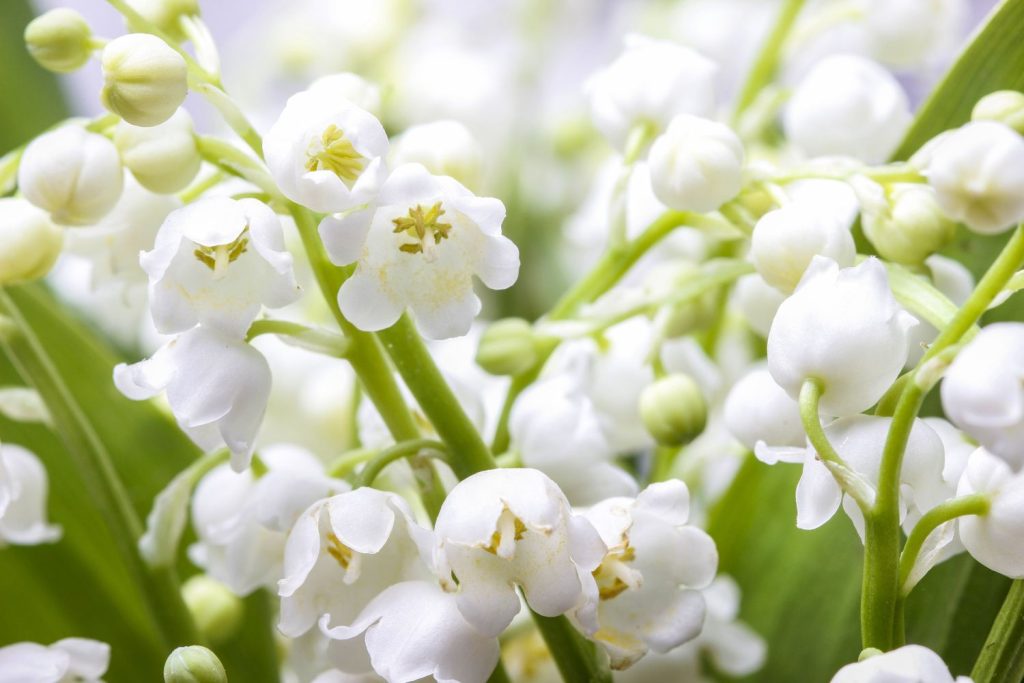
The Lily of the Valley typically blooms in late May or early June, marking the arrival of warmer days. Its symbolic associations with purity, humility, and renewal resonate deeply with Finnish cultural values. In Finnish folklore, the flower is said to bring happiness and luck, often appearing in tales where it guides lost wanderers to safety.

Additionally, the Lily of the Valley plays a role in significant Finnish traditions. It is often included in wedding bouquets, signifying the purity of love and new beginnings. During graduations and national celebrations, these flowers serve as symbols of growth and success. The fragrance of Kielo is so beloved that it’s a common note in traditional Finnish perfumes, evoking memories of Finnish springtime.
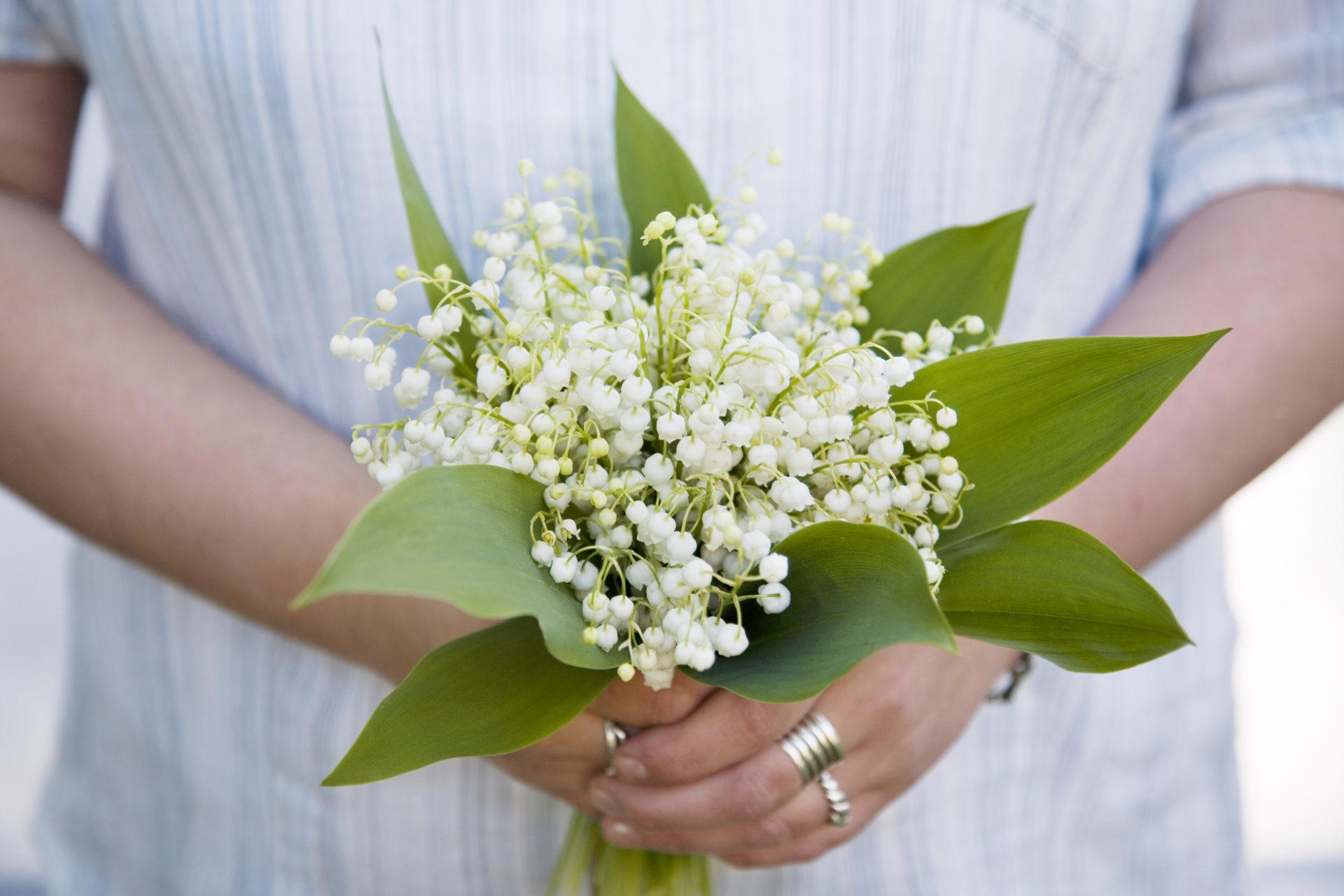
Yugoslavia: A Historical Symbol of Spring and Protection
In the former Yugoslavia, the Lily of the Valley was embraced for its association with spring, renewal, and the innocence of youth. Although it was never an official national symbol, the flower featured prominently in regional folklore, religious traditions, and community rituals. It was particularly associated with the Feast of St. George in the Balkans, a springtime celebration marking the return of greenery and the revival of nature.
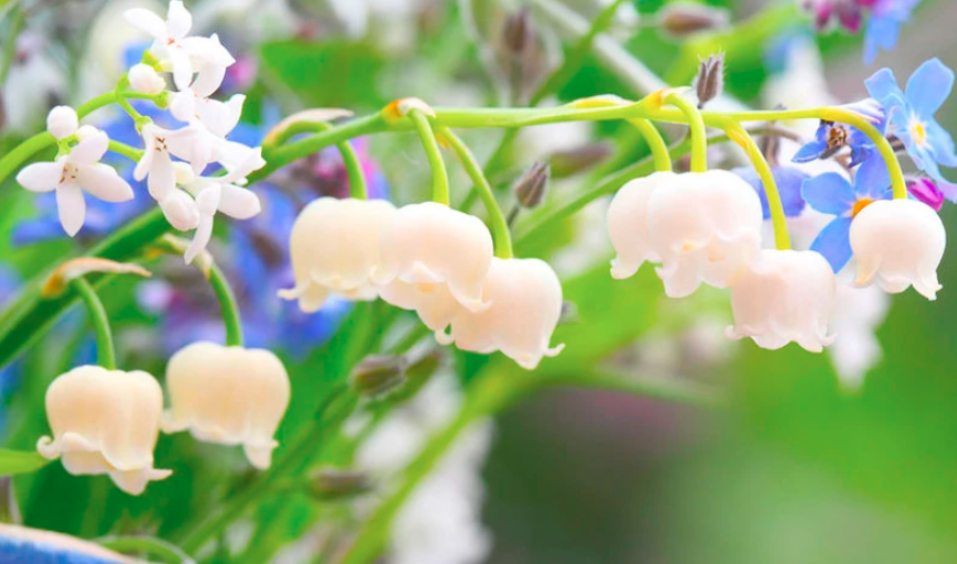
The flower was believed to have protective qualities, with some communities hanging bouquets of Lily of the Valley in their homes to ward off evil spirits and bring good fortune. This belief extended to the idea that the flower could promote health and well-being, especially during the transition from winter’s cold to spring’s warmth.

In romantic traditions, the flower was linked to true love, fidelity, and the promise of enduring relationships. It was customary for suitors to present bouquets of Lily of the Valley to express devotion, and they often adorned wedding celebrations as symbols of pure love. Despite the socio-political changes that reshaped the region, the flower’s legacy remains embedded in the cultural memory of those who lived in the former Yugoslavia.

Shared Symbolism of Purity, Resilience, and Renewal
What ties the appreciation of the Lily of the Valley in Finland and the former Yugoslavia together is its universal symbolism of purity, resilience, and renewal. In both cultures, the flower signifies the power of nature to bring forth new life and hope after a long, harsh winter. The purity of its white blossoms, combined with its resilience in thriving even in shaded, challenging environments, has made it a cherished icon in these regions.
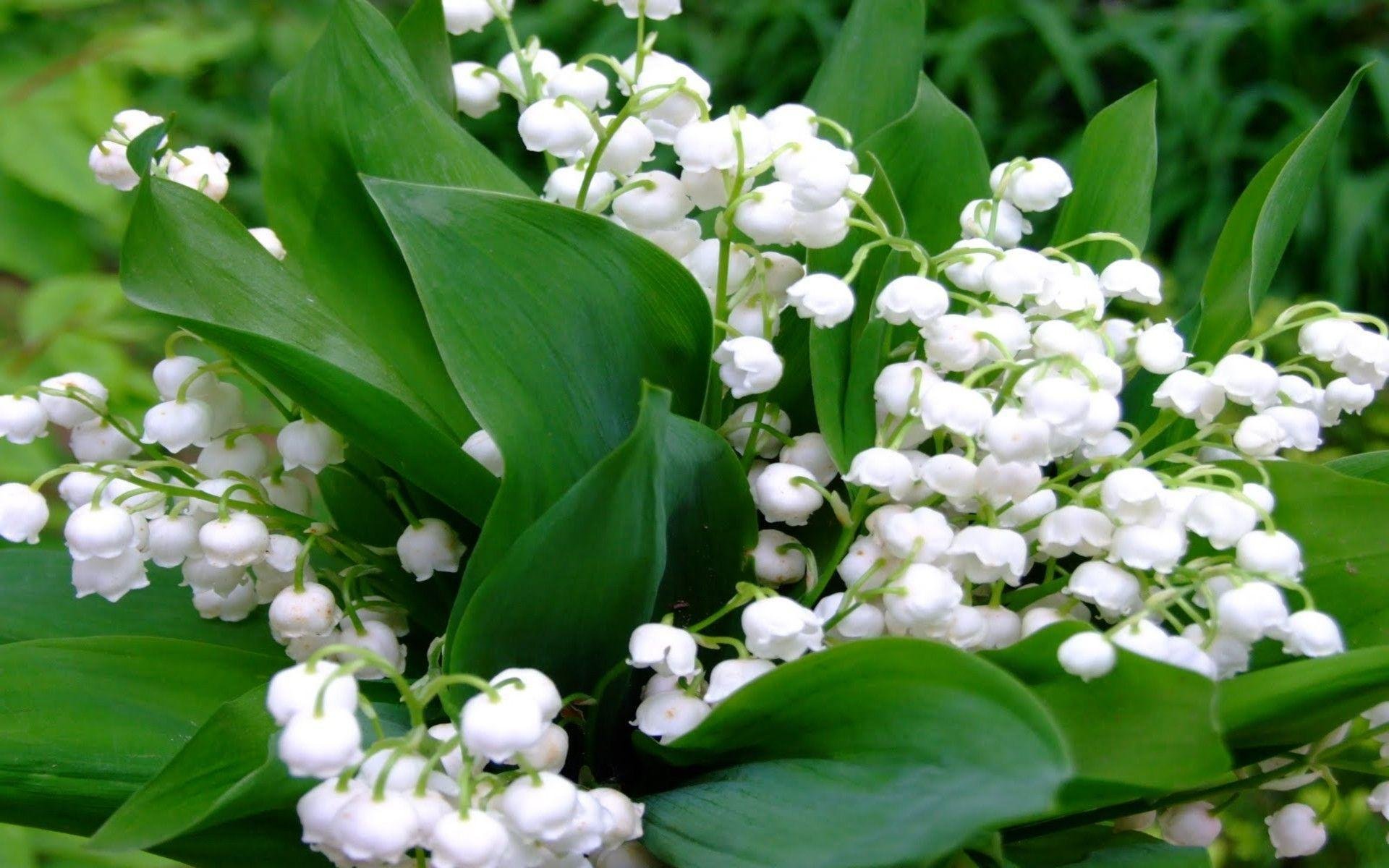

The Flower’s Timeless Presence in Art, Literature, and Folklore
The influence of the Lily of the Valley extends beyond traditions and ceremonies. In Finland, it frequently appears in art, literature, and music, representing themes of beauty, nostalgia, and the fleeting nature of life. Its delicate form and gentle fragrance have inspired countless poets and artists, making it a recurring motif in works that celebrate Finnish nature.
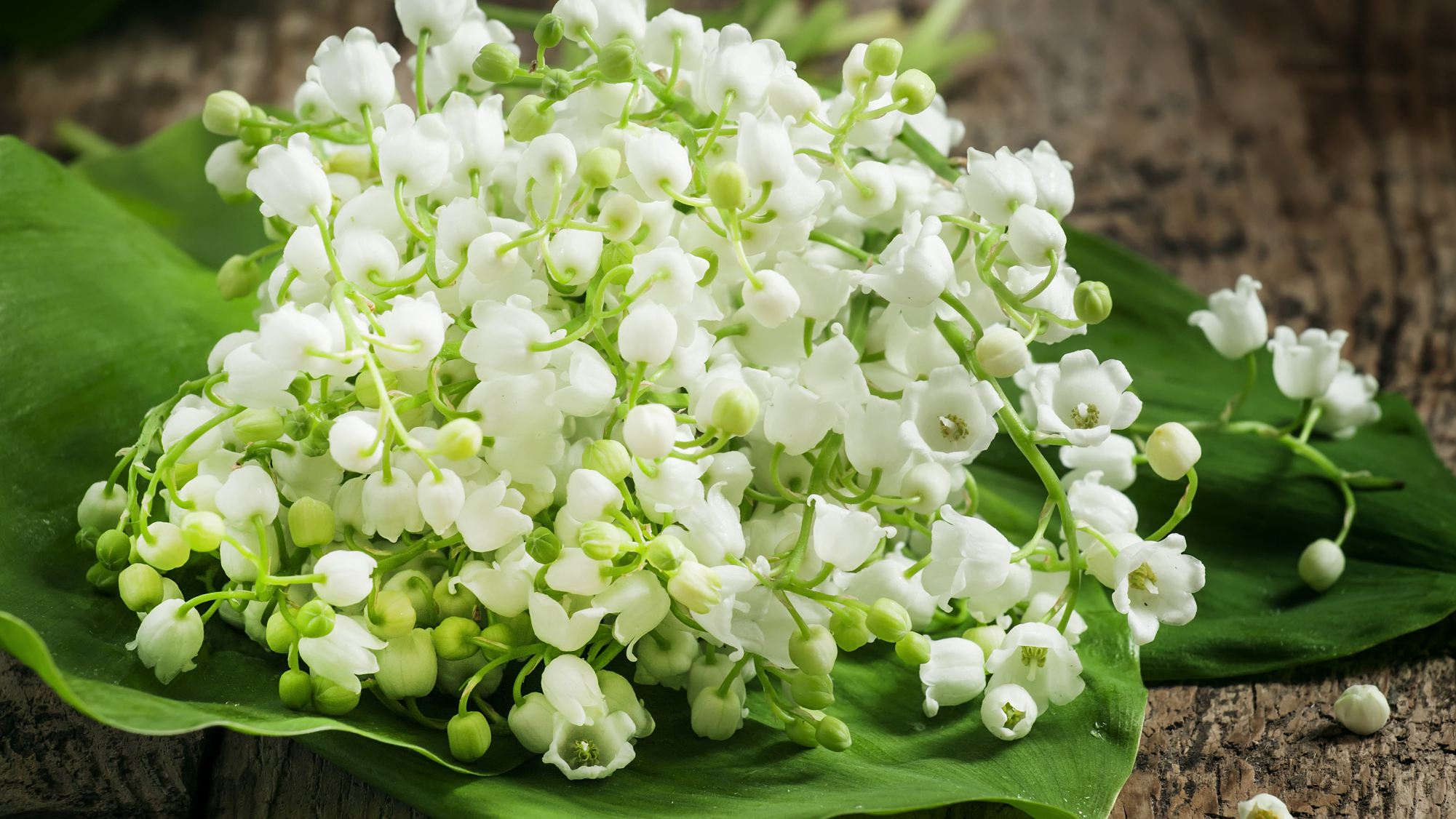
Similarly, in the Balkans, the flower’s role in folk songs, stories, and crafts preserves its importance. Regional embroidery and textiles often feature its likeness, symbolizing good fortune, innocence, and the continuity of cultural traditions.
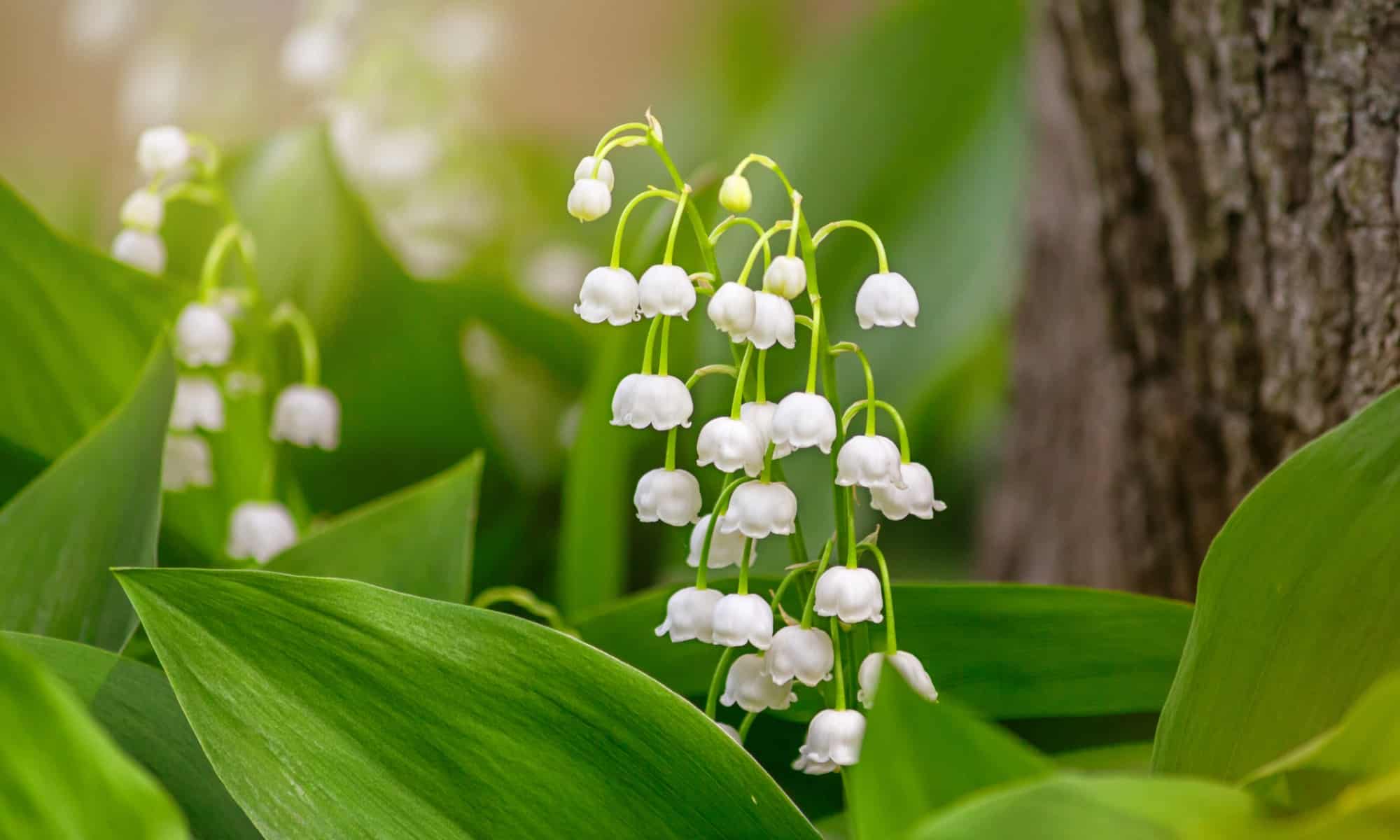
Conclusion: A Small Flower with a Lasting Impact
The Lily of the Valley might seem modest at first glance, but its symbolic weight is significant in places like Finland and the former Yugoslavia. Whether it’s the embodiment of national identity, the herald of spring, or a symbol of enduring love, this delicate flower remains an enduring emblem of nature’s beauty and the timeless human values of purity, resilience, and hope.
This expanded version delves deeper into the cultural, historical, and symbolic significance of the Lily of the Valley in both Finland and the former Yugoslavia, offering a richer understanding of its impact in these regions.
